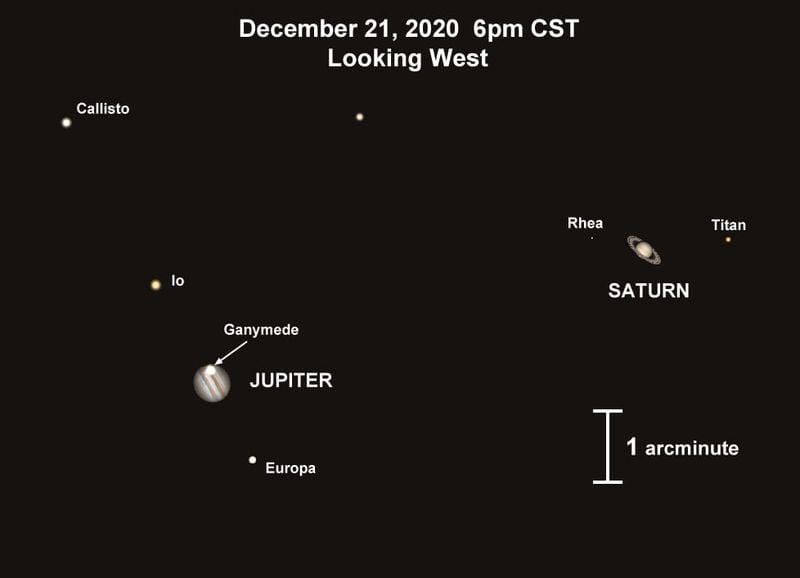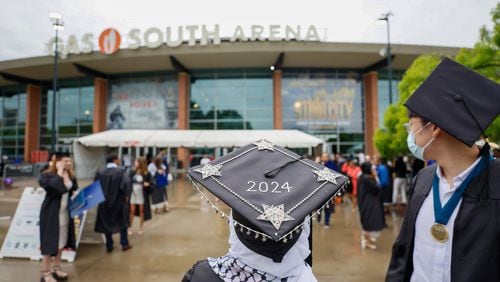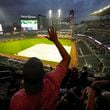Later this month, a celestial phenomenon will occur when Jupiter and Saturn align, lighting the sky in a way that has not been seen since 1226.
Jupiter and Saturn will appear closer together in Earth’s night sky for the first time since the Middle Ages, according to researchers at Rice University. Alignments between the two planets are rare, occurring about every 20 years. However, this particular order, which could happen between Dec. 16 and 25, was last witnessed more than 800 years ago, according to Rice University astronomer Patrick Hartigan.
“You’d have to go all the way back to just before dawn on March 4, 1226, to see a closer alignment between these objects visible in the night sky.”
“On the evening of closest approach on Dec. 21 they will look like a double planet, separated by only 1/5th the diameter of the full moon,” said Hartigan, a professor of physics and astronomy. “For most telescope viewers, each planet and several of their largest moons will be visible in the same field of view that evening.”
Credit: Via Rice University
Credit: Via Rice University
Jupiter and Saturn will appear to be within inches of each other via a telescope, forming an image like a single star. That celestial happening has been referred to as the Christmas star because of its occurrence near the holiday. Though they’ll seem to be strikingly close to each other, the two planets will still be hundreds of millions of miles apart. When two celestial objects closely approach each other in the sky, astronomers call it a conjunction, according to AccuWeather.
Weather permitting, the best viewing conditions will be near the equator. Hartigan said the planetary duo will appear low in the western sky for about an hour after sunset each evening.
About the Author







